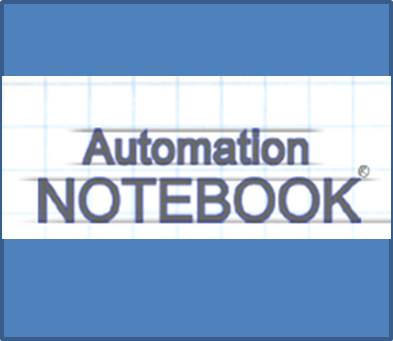Those of us who have worked professionally in the U.S. electrical control industries have a good understanding of, and a certain level of comfort with, NEMA standards; most notably as they pertain to electric motors, motor controllers and enclosures. For the most part, American-based companies require that the electrical components and enclosures used in any given project adhere to NEMA standards. As such, any electrical engineer or designer working in the U.S. is well advised to develop a working familiarity with these codes.
NEMA (National Electrical Manufacturers Association) is principally responsible for developing and publishing all of the standards in the U.S. that dictate the configuration and performance parameters of electrical components used in power generation, transmission, distribution, control and end use. Considering the size and scope of the industry, this can only be described as a daunting responsibility and one that NEMA has carried out with distinction since their formationin 1926.
Over the years it has become obvious that a second standard, IEC, has encroached on the U.S. market. This standard covers the same basic categories as NEMA codes, except that they are more commonly focused on the European and Asian markets. With the electrical control industry’s clear trend towards globalization, many electrical engineers and designers find themselves tasked with projects that require all specified components conform to IEC standards. For this reason, and others, it is imperative that contemporary
engineering personnel have a familiarity with these standards. This holds true with maintenance and service personnel as well. Much of the production equipment used in the U.S. is now manufactured overseas and uses electrical controls that have been designed to IEC standards.
IEC (International Electrotechnical Commission) develops and publishes standards for the European electrical communities. IEC was formed in 1906 and remained primarily European-based until well after WWII. During the past few decades, however, IEC-based electrical components have been offered and are now being used by a growing number of companies throughout the US and North America.
From a practical standpoint, the principal differences between components manufactured against these two standards are negligible. NEMA components are generally considered more robust and, therefore, provide better long term performance in the harsh environments that some manufacturing plants present.IEC components are usually smaller and allow better packing densities, which can be a real advantage when working with today’s compact machine designs.
When working with American manufacturing facilities, NEMA standards are still king. This holds true with American manufactured equipment as well. Many plants throughout North America will have blanket requirements that the electrical components used on all new and existing equipment conform to NEMA standards. This is done primarily because engineering, maintenance and service departments do not want to confuse their systems with dual standards. Unfortunately, this precludes IEC-based equipment and proposals from even being considered in the bidding processes.
I have found that the knowledge most professionals have about both standards is not necessarily from the documents themselves. In my humble opinion, the reason for this situation is the relative inaccessibility of the standards. Both organizations’ extensive Web sites are very confusing to navigate. (NEMA’s web address is: www.nema.org and IEC’s is: www.iec.ch.) Finding a standard on either Web site appropriate for your specific application is almost impossible, unless, out of frustration, you make a phone call and ask for assistance. Then, you’re informed that you have to purchase the standard before you can actually be sure if it’s the one you need. If it’s not, you have to start all over again.
I live near a large engineering school whose library maintains a standards room. On occasion, when I need to review a standard, I simply drop by the library and spend some quiet time reading and making notes. This also provides me with the ability to review a standard before purchasing it, on behalf of my customer.
NEMA or IEC, that’s a question that doesn’t seem to have an obvious answer. It’s clear that components manufactured to either standard produce electrical controls with excellent long-term performance, resonable purchase prices and good availability. They both have their pros and cons, and will co-exist for a long time to come.
By Brian S. Elliott
Brian Elliott Bio
Brian Elliott is currently V.P. of Engineering and Manufacturing at Air Options, Inc. During the course of his long career, he has worked in various industrial, technical and scientific fields ranging from automated manufacturing to high energy physics. He has authored two books, “The Compressed Air Operations Manual” (ISBN 0-07-147526-5) and “Electromechanical Devices and Components” (ISBN-10 0-07-147752-7), both are published by the McGraw-Hill Book Company. Both books are available through book retailers worldwide.
Originally Published: Dec. 1, 2009


